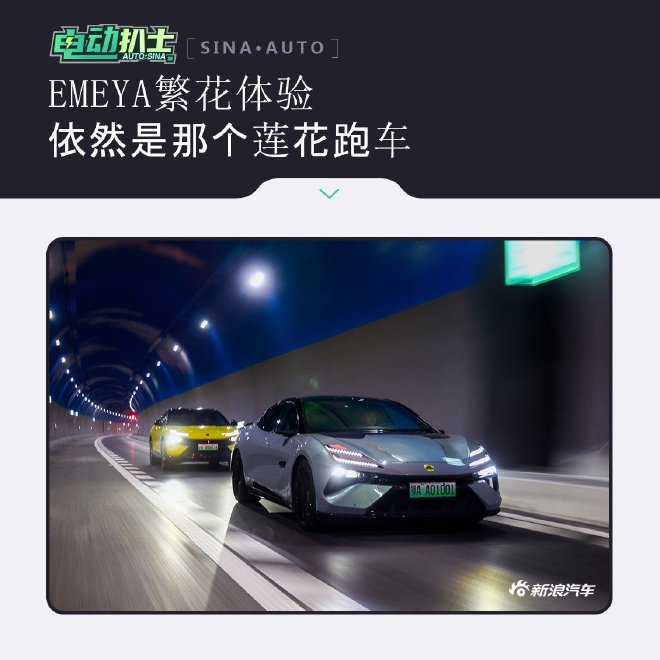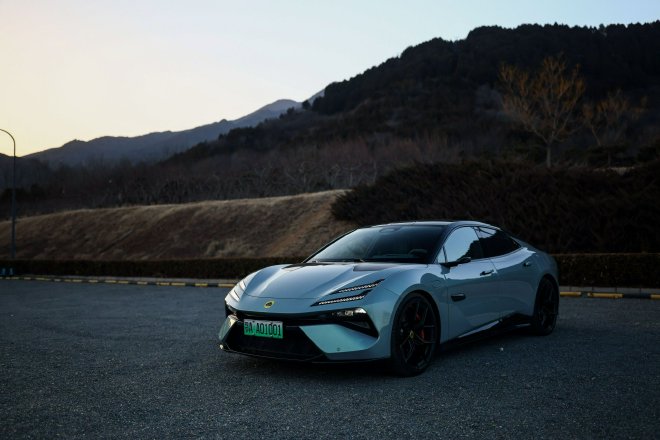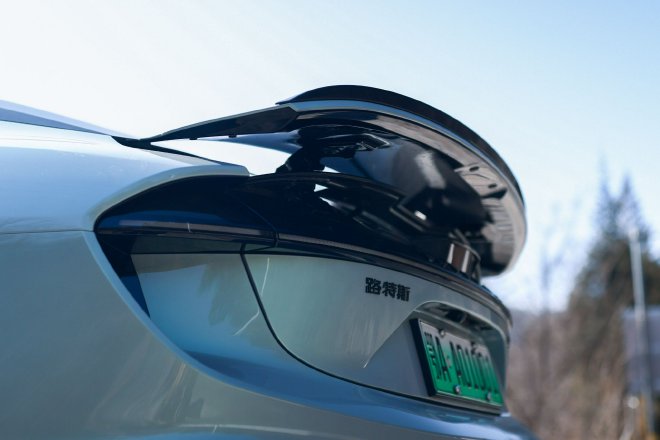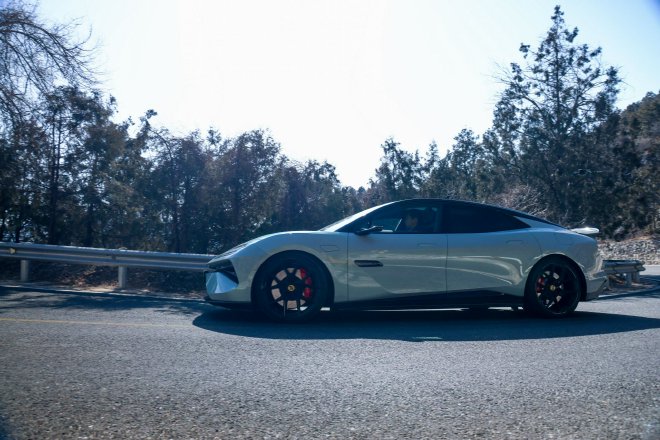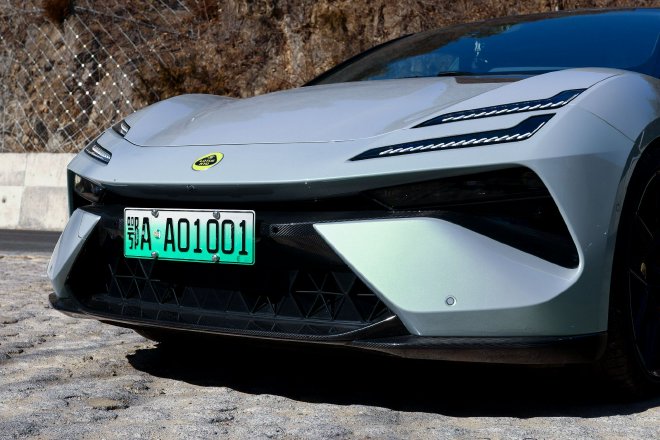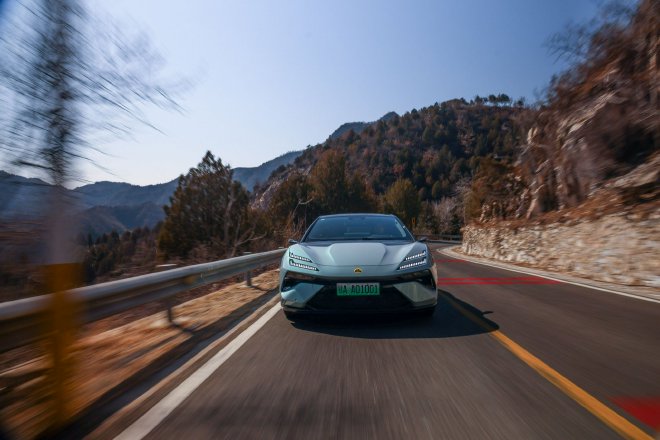I must say, in the era of smart electric vehicles, it remains that Lotus sports car.
One day, I drove an electric car on Fanqi Road. It felt like the most oil-like electric vehicle I have driven. The throttle response and simulated engine sound matched perfectly. The steering feel didn’t just aim for lightness. Even in Tour comfort mode, it offered precise direction.
To unleash the power, switch to Sport mode. Avoid Track mode unless you’re ready. The rear to front power distribution is 70:30, favoring rear-wheel drive. It requires a heavy foot at the start. Track mode disables the electronic control system. You’ll need a spacious area to play. The chassis feels firm. It’s performance-oriented. Firmness and harshness are different. The car uses a dual-chamber air suspension with CDC electronic damping. Compared to older models, it offers better comfort while maintaining control. The chassis isn’t harsh; it isolates you from the road. The lateral support during turns is strong. There’s a saying: going fast in corners is true speed.
Don’t worry about the power performance. Today, I experienced the R+ version. It has 918 horsepower and accelerates from 0 to 100 km/h in 2.78 seconds. I didn’t get to feel the full power release, but I can imagine the exhilarating sensation. The brakes require some adjustment. They feel heavier than typical electric cars. The response isn’t very linear. Driving in the city can be tiring on the legs, but the braking force is strong.
What is the essence of the electrified Lotus? First, the traditional chassis now features a smart chassis. It adjusts to different modes and driving styles. Users can set the softness, hardness, and height to match their habits. The 48V anti-roll system instantly modifies the suspension. It filters low-frequency interference. The ride feels stable. Additionally, it includes rear-wheel steering. Even with a length over 5.1 meters, the turning radius shrinks. It drives flexibly. Lotus is the largest user of carbon fiber in the industry. Carbon fiber and aerodynamic kits are everywhere on the car. The three laser radars at the front can retract.
The essence of the car shines through. The Flora aims for ultimate driving pleasure. It focuses on aerodynamics, lightweight design, chassis tuning, and performance. It is an electric vehicle, yet ready for the track at any moment. Today, we test drove the Flora. It has not yet received the latest urban intelligent driving OTA system. However, we experienced its high-speed NOA capabilities.
It excels in lane-changing on highways. It does not weave excessively. Its movements are decisive. There is little delay in its smart driving, unlike many brands. The smart driving feels similar to the Lotus sports car’s character. It changes lanes aggressively and accelerates seamlessly. Entering and exiting ramps is smooth. Its confidence comes from four lidar sensors and a powerful chip. The hardware is redundant. The smart driving team likely considers user preferences for control and speed. Therefore, its smart driving is trained to be decisive and proactive. I look forward to experiencing its latest urban smart driving.
